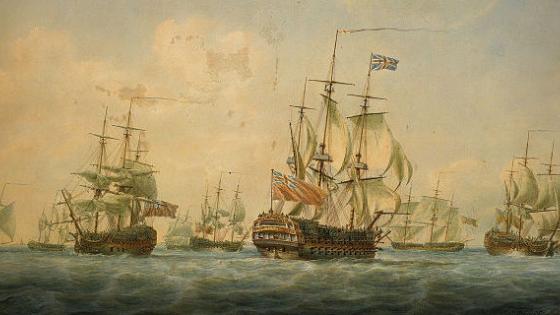Sailing is an ancient sport that has been around for thousands of years. In 1200 BC, the Greeks launched 1,000 ships to Troy. In Greek mythology, Odysseus took part in one of the most disastrous sailing charters in history. Probably by accident, the invention of the sails started as an attempt to make a canoe or raft move faster. Soon enough, the idea spread, and sailing was born.
Origins
The origins of sailing date back several thousand years. One of the earliest records of a Latin-rigged sailing ship is found on a tombstone from the 2nd century BC, now in the National Museum in Athens. The sailors who first used this boat were the Muslims, who brought it to the peninsula and called it the ‘little sea.’
The sport of sailing has become a popular activity in the modern era. Its popularity grew in the nineteenth century after the first yacht club was formed. It was later introduced to the Olympic Games in 1900 in Paris. Its roots lie in ancient trade routes in the Mediterranean and Persian Gulf. The Dutch began to popularise sailing in the 1400s. Charles II created twenty of his yachts and participated in the first organized race in 1661. The sport of sailing became a popular pastime for the rich.
Early sailboats
Sailboats have long been an important part of sailing history. The invention of sails allowed ships to adjust their course with little effort and eliminating the need for rowers. Sails have evolved over the centuries to become complex pieces of sailing equipment. However, this development did not occur simultaneously, and different cultures developed sailboat parts at different stages of development.
The earliest sailboats were small workboats. They did not change much until the 1600s when large ships began to dominate the sailing scene. Later, sailboats were rigged with Bermuda-style sails.
Square-rigged ships
There are many classes of Square-rigged ships in the history of maritime transportation. The most common are the merchantmen, sailing vessels in the Caribbean. These ships are large, powerful, and have a high capacity for cannons and crew. They also tend to be the largest vessels, which makes them excellent warships.
Square-rigged ships developed slowly over thousands of years. They were modified and improved after a period of trial and error, revealing deficiencies and introducing new ideas. In addition, different rigging and building methods were used depending on the climate in the region.
Fore-and-aft sails
The use of fore-and-aft sails has a long history. They were first used on small boats and schooners and were then used on larger vessels. These sails were used for both running and cruising. These sails are also known as lugsails.
The fore-and-aft rig was first used in the Mediterranean. Its main characteristic is that it allows the sail to be set along the line of the ship’s keel rather than perpendicular. A fore-and-aft sail is also able to tack into the wind.
Steering oars
Steering oars have been used on ships for centuries to control the ship’s direction. They were used before the rudder’s invention and were used by the ancient Greeks, Romans, and Egyptians. A large oversized oar was attached to the steering board, and it was the oar that was used to steer the ship.
Steering oars were first used by Vikings, who had a square sail with two rows of oars. The oars on the sides were used for pointing, while the stern was used for steering. The oars were often made from overlapping planks, filling gaps with animal hair. Steering oars were also used in medieval ships in northern Europe. Eventually, steering oars were attached to the sternpost, making it easier for sailors to steer, even on large boats.
Iron-hulled ships
The first steel-hulled ship was the Banshee, built-in 1862 in Liverpool, England, for the Anglo-Confederate Trading Company. This 533-ton side-wheel steamship was built to transport cotton between the Confederate coast and England. Its design set a pattern for more than 30 later steel paddlewheel blockade runners. The banshee’s maiden voyage was also her first transatlantic voyage, but her innovative construction proved troublesome in service. Its builders, Jones, Quiggin & Co., in Liverpool, built the ship’s hull, but the engines were built by Harlan & Hollingsworth of Wilmington, DE.
Early iron-hulled ships had wooden decks and superstructures. Some even had deck houses on the main level. They used similar deck machineries, such as capstans, windlasses, and chains.
Recreational sailing
Recreational sailing is a sport that involves sailing boats and using wind to propel them forward. It can be done on land, water, or ice. It was originally used for trade, transportation, and even warfare. Today, many people use sailing vessels for sport and adventure. It is the 17th fastest growing sport in the United States. There are more than four million recreational sailors in the country, with 40 percent between the ages of 25 and 44 and 17 percent under the age of 17.
Sport sailing originated in the Netherlands in the 17th century and was introduced to England by Charles II in 1660. The sport grew in popularity and soon spread to the American colonies. Sport sailors often joined yacht clubs and enjoyed socializing with each other. The first yacht club was established in Cork, Ireland, in 1720, and the New York Yacht Club was established in 1844.


